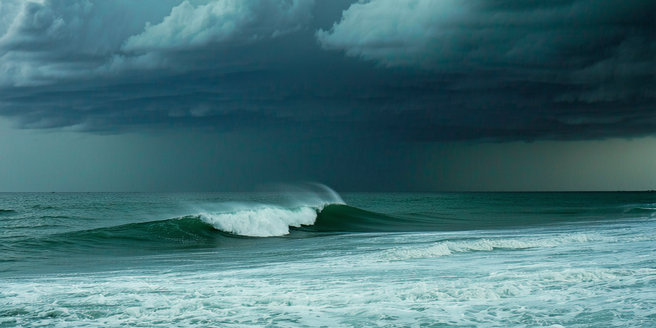
Understanding the Basics of Weather Fronts
Weather fronts are boundaries separating different air masses, and understanding them is crucial for forecasting weather. Cold fronts, warm fronts, stationary fronts, and occluded fronts each have unique characteristics impacting weather patterns. A cold front occurs when a cold air mass pushes a warm one, leading to possible thunderstorms. Warm fronts bring gentle rain followed by warmer, milder weather as warm air overtakes cold air. Stationary fronts occur when two air masses are in a standoff, leading to prolonged clouds and precipitation. Occluded fronts, a complex mix, can bring varied weather conditions. By grasping these concepts, we can better predict changes in weather while appreciating the intricate dynamics shaping our daily forecasts.
Hands-On Science Experiments for Kids
Engaging kids in hands-on science experiments enhances their understanding and curiosity about weather fronts. Simple experiments can demonstrate the behavior of air masses and fronts. For instance, using colored ice cubes in water helps visualize how cold and warm fronts interact. This method can make learning more interactive and fun for children. By incorporating storytelling elements, educators can further captivate children’s interest in meteorology. Another activity involves creating cloud jars with boiling water and ice, illustrating how clouds form. By observing these interactions, children can see firsthand how cold and warm air masses meet and the weather changes that result. These activities promote critical thinking and allow kids to explore the fundamental principles of meteorology in an enjoyable and educational manner.
Interactive Tools to Visualize Front Movements
Visualizing the movement of weather fronts is crucial for students and enthusiasts alike. Interactive tools, like online simulations and apps, offer detailed projections of front movements on maps, showing how they evolve over time. These tools often provide adjustable parameters to simulate different conditions, helping users understand the impact of weather fronts on specific regions. They bridge the gap between theoretical learning and practical understanding. By analyzing these visualizations, one can better appreciate the dynamic nature of our atmosphere. This process can significantly enhance a student’s comprehension of complex meteorological concepts. Such tools not only enhance learning but also make the study of meteorology more accessible and engaging for a broader audience.
Weather Fronts and Climate Connections
Weather fronts, while primarily short-term phenomena, are intrinsically linked to larger climate patterns. They influence regional weather and can affect climate over extended periods, especially in areas where certain fronts are prevalent. These fronts can also serve as indicators of underlying atmospheric conditions that warrant close monitoring. By studying these interactions, scientists can better understand and predict climate variability and trends. For instance, persistent stationary fronts can lead to increased rainfall in specific regions, impacting agriculture and ecosystems. Additionally, understanding the role of fronts in heat distribution helps climatologists assess long-term climate changes. This knowledge is crucial for developing adaptive strategies to mitigate the effects of climate change. Exploring these connections enhances our comprehension of complex climate systems, emphasizing the importance of integrated meteorological studies.
Creating a Weather Front Observation Journal
Keeping a weather front observation journal is an excellent way for both students and enthusiasts to deepen their understanding of meteorological phenomena. By recording daily observations, such as temperature changes, cloud formations, and precipitation patterns, one can correlate these with front movements and types. Additionally, sharing insights from the journal with others can lead to collaborative learning experiences. Over time, these entries create a valuable record, showing the local impacts of different fronts. This practice encourages detailed observation, critical thinking, and the ability to draw conclusions from gathered data. Crafting such a journal fosters a lifelong interest in weather and enhances one’s ability to predict future weather patterns based on historical data.
